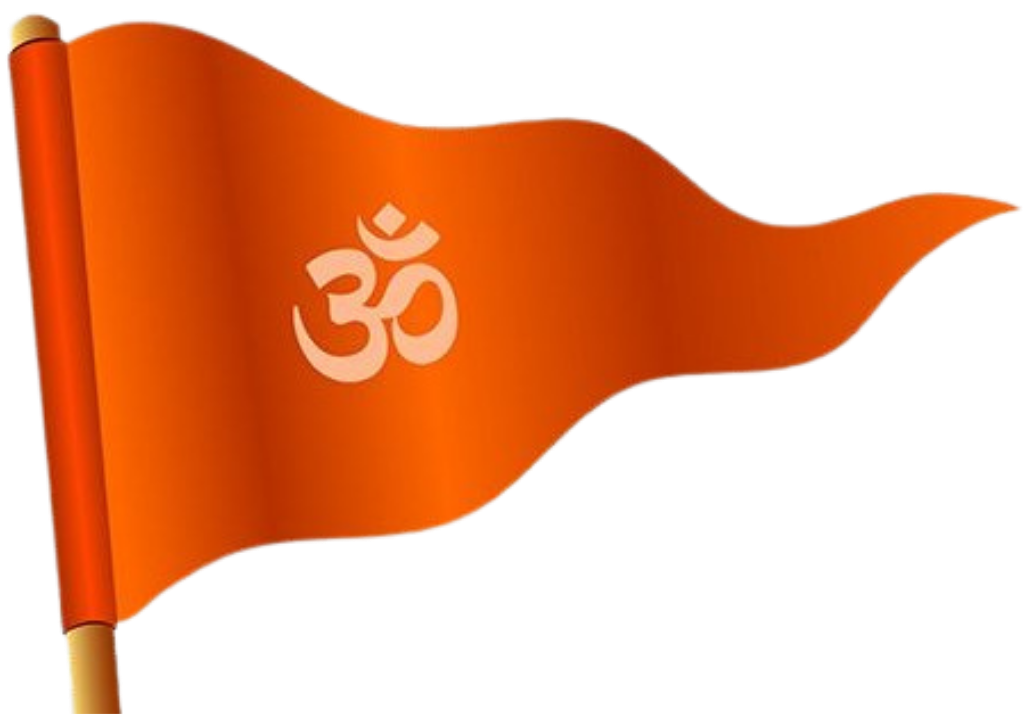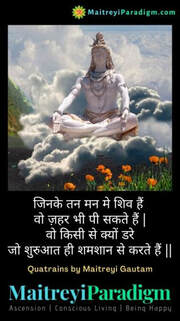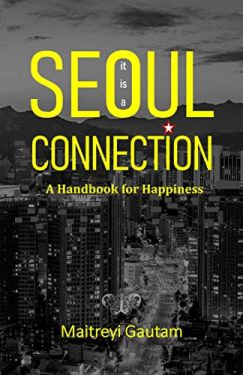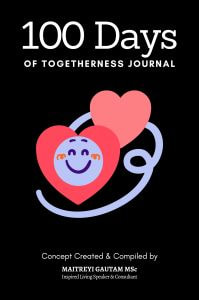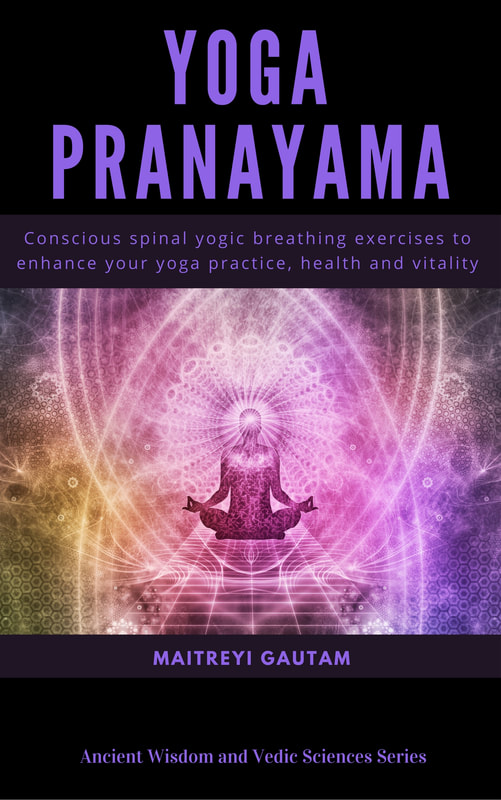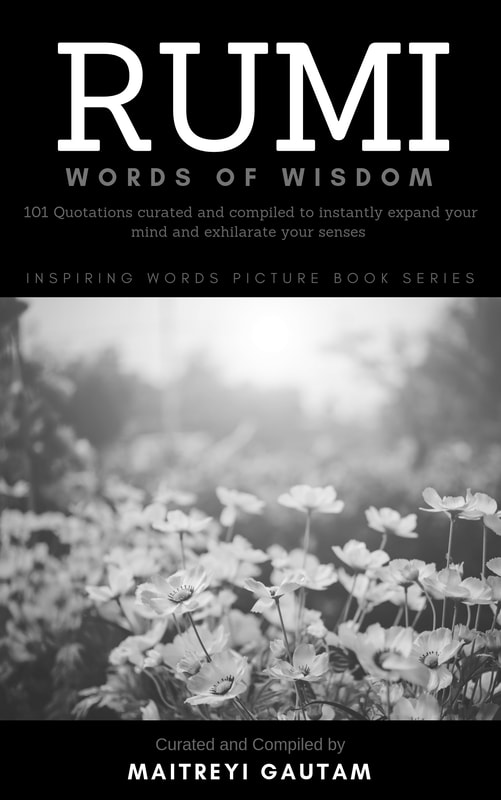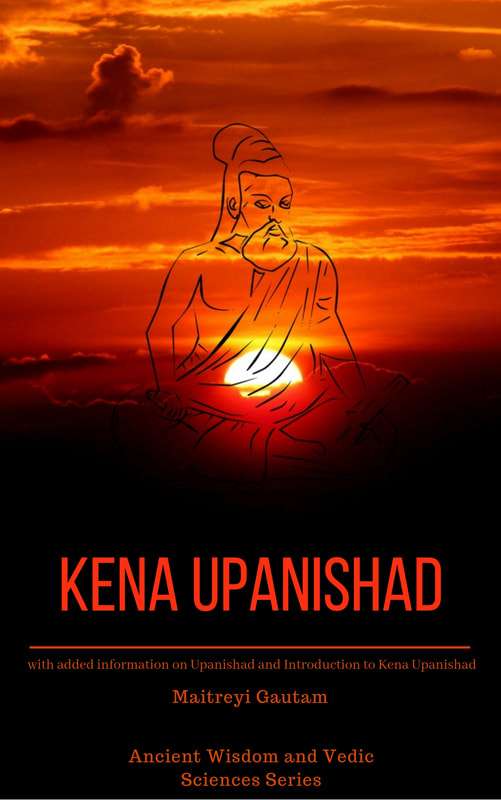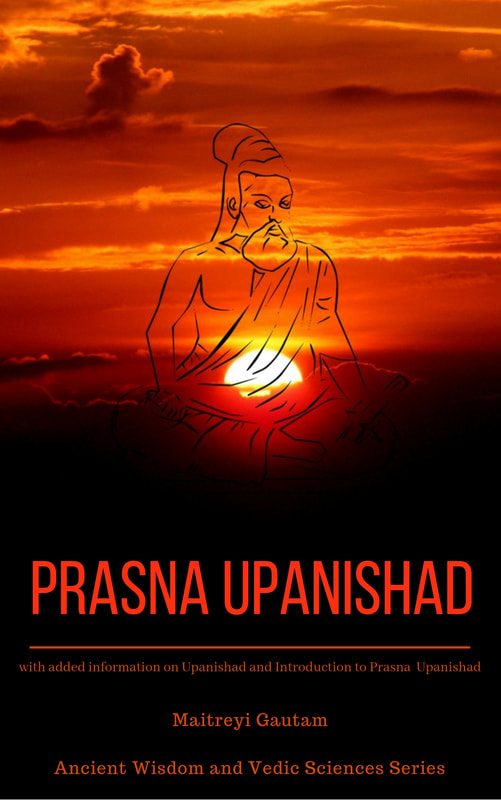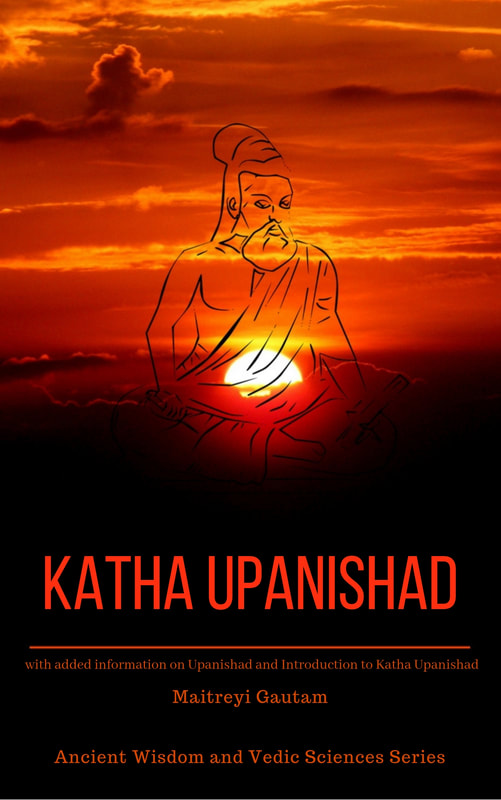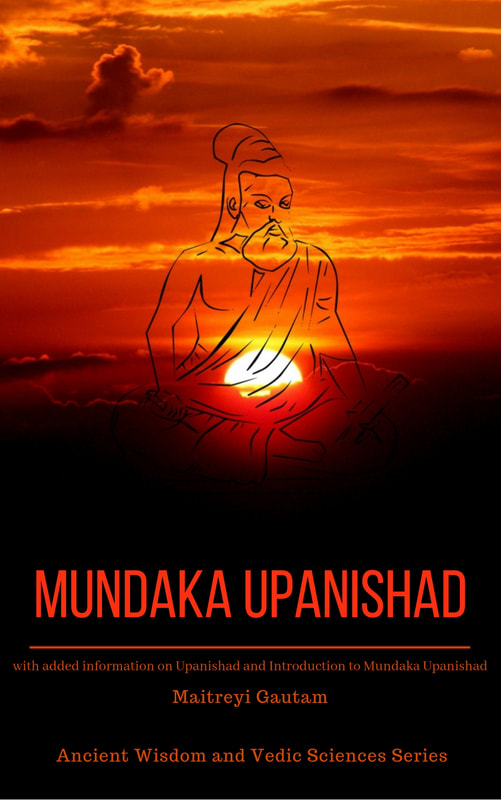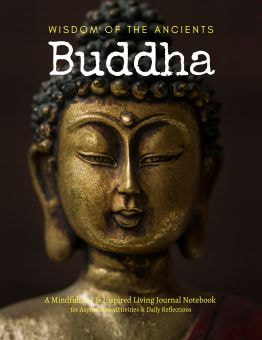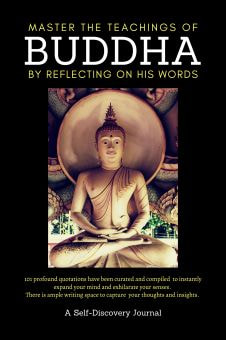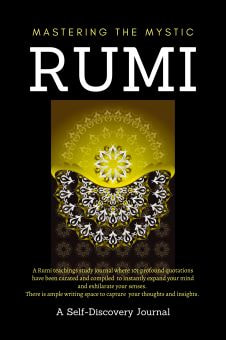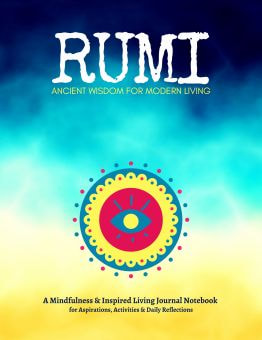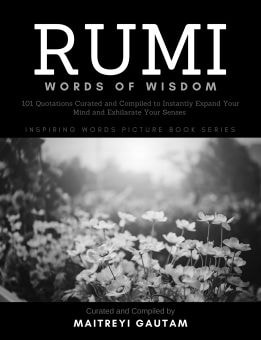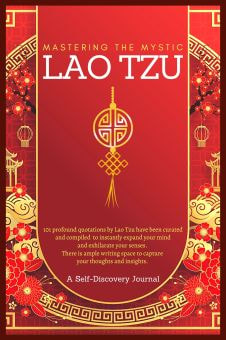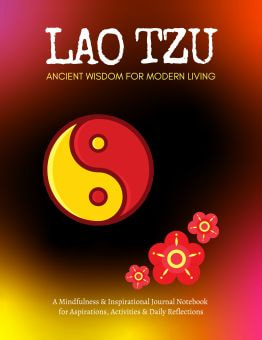The word “Veda” means sacred knowledge. Knowledge is something which teaches us what are the actual facts of life; it helps build a person’s personality and his behaviour as a human being. The book introduces us to several experiences from which we learn and then apply those facts in our day to day life for a better personality and living.
‘’Sruti’’ forms the base of ancient Vedic Culture and modern day Hinduism. The concept of Sruti is really around "that which was heard"- this was the knowledge which was revealed to the Rishis during deep contemplation (meditative sadhana). It is completely in ancient Sanskrit and is considered to have no author or that it is an “apaurushiya” text, i.e. a text that has no human author but the god himself has created this sacred work. In Sanskrit, the word Sruti means – the knowledge that we have heard. Sruti is the sacred collection of text which comprises of the four Vedas Rig-Veda, Samveda, Yajurveda and Atharvaveda. These Vedas were then subsequently divided into sub-divisions such as Aranyakas, Brahmana and Upanishads.
On the other hand, ‘Smriti’ refers to the text which is remembered by the saints and the ‘knowledge that is remembered’ is then passed to the followers of the saint. In ancient times, small children were sent to ‘gurukuls’ so that they can inculcate the knowledge ‘rishi-munis’ have. The principle behind Smriti is to explain the term ‘dharma’. Smriti is a proof-read text which contains verified recitals that are transmitted from generation to generation to explain to its preachers and followers – What is dharma? Smriti is a human originated collection of text which consists of several categories such as the ‘Dharmashastra’, which contains the laws of dharma. One famous category within this is ‘Manavadharmashastra’ which consists of ‘Laws of Manu’ – a famous text. The second category is Mahakavya which comprises of the epics of Ramayana and Mahabharata. The third one is the ‘Purana’ which centralizes on supremacy of Lord Shiva and Lord Vishnu. The fourth one is ‘Agama’ which includes different mantras, yantra and tantra that are used to preach god and unite energies of the world. It also consists of ‘Bhagvat Gita’ which is the song for the god. There are several other categories of Smriti that are exclusively written by man such as holy saints and sages. The basic knowledge of Smriti comes from Shruti.
Thus the essential difference between Smriti and Sruti is – Sruti is the knowledge that originated from the divine lord himself. But, on the other hand, Smriti is the text that had a human originator – and those texts were carefully written so that people hear and read these texts to differentiate between right and wrong.
‘’Sruti’’ forms the base of ancient Vedic Culture and modern day Hinduism. The concept of Sruti is really around "that which was heard"- this was the knowledge which was revealed to the Rishis during deep contemplation (meditative sadhana). It is completely in ancient Sanskrit and is considered to have no author or that it is an “apaurushiya” text, i.e. a text that has no human author but the god himself has created this sacred work. In Sanskrit, the word Sruti means – the knowledge that we have heard. Sruti is the sacred collection of text which comprises of the four Vedas Rig-Veda, Samveda, Yajurveda and Atharvaveda. These Vedas were then subsequently divided into sub-divisions such as Aranyakas, Brahmana and Upanishads.
On the other hand, ‘Smriti’ refers to the text which is remembered by the saints and the ‘knowledge that is remembered’ is then passed to the followers of the saint. In ancient times, small children were sent to ‘gurukuls’ so that they can inculcate the knowledge ‘rishi-munis’ have. The principle behind Smriti is to explain the term ‘dharma’. Smriti is a proof-read text which contains verified recitals that are transmitted from generation to generation to explain to its preachers and followers – What is dharma? Smriti is a human originated collection of text which consists of several categories such as the ‘Dharmashastra’, which contains the laws of dharma. One famous category within this is ‘Manavadharmashastra’ which consists of ‘Laws of Manu’ – a famous text. The second category is Mahakavya which comprises of the epics of Ramayana and Mahabharata. The third one is the ‘Purana’ which centralizes on supremacy of Lord Shiva and Lord Vishnu. The fourth one is ‘Agama’ which includes different mantras, yantra and tantra that are used to preach god and unite energies of the world. It also consists of ‘Bhagvat Gita’ which is the song for the god. There are several other categories of Smriti that are exclusively written by man such as holy saints and sages. The basic knowledge of Smriti comes from Shruti.
Thus the essential difference between Smriti and Sruti is – Sruti is the knowledge that originated from the divine lord himself. But, on the other hand, Smriti is the text that had a human originator – and those texts were carefully written so that people hear and read these texts to differentiate between right and wrong.

